LEWISTON — May 1 is known and marked around the world as May Day, or International Workers’ Day, and acknowledges the struggles and achievements of various countries’ labor movements around the world.

Some of the artifacts artist Tonja Hollander photographed for the “Unseen Hands” exhibit on display at Lewiston’s Maine MILL. Russ Dillingham/Sun Journal
Even though the United States and Canada celebrate their official Labor Days in September, our country’s labor movement of the late 19th century is the basis of May 1’s International Workers’ Day. In the late 1800s, workers here struggled for better hours and conditions — demanding an eight-hour workday at a time when 10-, 12- and even 16-hour days were commonplace and working environments that were cleaner, quieter and safer.
On May 1, 1886, more than 300,000 workers in 13,000 businesses across the United States walked off their jobs in the first May Day celebration in history. Days of protests and rioting in Chicago followed and a bombing in the city’s Haymarket Square killed and wounded dozens of police, who opened fire on the crowd killing several protesters and wounding 200, according to historic accounts.
Today, in many countries May Day is typically marked with marches, parades, demonstrations, and picnics.
Manual labor is central to Lewiston and Auburn’s legacies. Maine’s economy in the late 1800s was largely focused on timber, agriculture, textile mills, flour mills, brickyards, paper mills, and a massive shoe industry based in Auburn. There were protests and strikes here as well in the early 1900s.
A temporary exhibit at Lewiston’s Maine Museum of Innovation, Learning and Labor, or Maine MILL, adds to the museum’s permanent collection and pays homage to the labor movement and strife, with an artistic twist.
“I wanted the show to focus not just on unions and strikes, which are perhaps the most obvious parts of the labor stories that the museum has focused on historically, but also think about labor more holistically and parts of labor that potentially go unseen or are more hidden in our everyday life,” says Rachel Ferrante, the executive director of Maine MILL.

A photo of dyed yarn hangs from the ceiling at the Maine MILL in the Bates Mill Complex in Lewiston. Russ Dillingham/Sun Journal
The exhibit, Unseen Hands: The Hidden Elements of Labor, is primarily photographic, augmented by the collaboration of two artists — Auburn-based Tonja Hollander and internationally acclaimed artist Candy Chang.
In addition to a few labor-related items and an interactive element, the temporary exhibit presents historic photos of workers in Lewiston and other parts of Maine, organically laid out and painstakingly pieced together over hundreds of hours. The presentations are organized thematically on Black labor, child labor, union labor, unpaid labor, and women’s domestic labor.
For her part, Hollander photographed selected objects from the museum’s collection as well as from community members, which are displayed in the center of the exhibit.
Her contribution to the exhibit is a small piece of a much larger work she calls her Ephemera Project, with ephemera defined as collectible memorabilia — typically written or printed — consisting of items generally not considered useful or popular. All of the photos of objects that are on display within the inner portion of the Unseen Hands exhibit are by Hollander and are elements of her larger Ephemera project.
“So she asks people to lend her their keepsakes, things that are important to them, but not necessarily monetarily expensive, and share the story of that object with her,” Ferrante explained.
Similarly, tubes filled with bright-colored textile dyes and Bates Mill worker achievement pins are part of the exhibit — artifacts that tell specific stories of Lewiston’s past.
“They tested one color dye per day,” Ferrante explained. “So, they would dye things red on Mondays, yellow on Tuesdays, blue on Wednesdays.” Dye was dumped into the Androscoggin River, turning the water different colors and contributing to the heavy pollution that ultimately spurred passage of the federal Clean Water Act in 1972.

Pins given to Bates Manufacturing Co. employees for years of service are part of the current exhibit at the Maine MILL, which is located in the Bates Mill Complex in Lewiston. Russ Dillingham/Sun Journal
“The Bates Mill pins would have been the pins you got for years of service,” said Ferrante. “You can see the top and the bottom ones (in the display) are the ones you would have gotten for 10 years of service. And then the one with the tiny little diamond you would have gotten for 25 years of service.”
Another part of the exhibit is by international artist Chang. “It’s called ‘A Monument for the Anxious and Hopeful.’ And it’s interactive. It asks visitors to fill out note cards that say ‘I’m hopeful because …’ or ‘I’m anxious because …,'” Ferrante said, pointing to answers from recent visitors displayed on a wall.
Lewiston’s Oct. 25 mass shootings prompted a change in Chang’s original plan for her part of the exhibit. Ferrante and her staff felt the “Monument for the Anxious and Hopeful” was more appropriate than the original idea, which before the shootings would have asked visitors to fill in the answer to “Before I die…”
“What you’re hopeful and anxious about actually felt very resonant, and a really important thing for people to think about and a way to reflect on what’s happening here post October 25th,” Ferrante said. “You know, we’re the local history museum focused on, yes, the history of 150 years ago, but also the history that’s happening right now.”
The permanent exhibit one floor above is the embodiment of Lewiston-Auburn’s manufacturing and industrial history — much of it salvaged from dumpsters after the last of the mills closed. It includes more than 10,000 artifacts, recorded oral histories and more. It gives museum visitors a real-life look at what went on in the massive campus of mills and workshops in the Twin Cities.

Executive Director Rachel Ferrante talks about an interactive portion of the new exhibit at the Maine MILL in the Bates Mill Complex in Lewiston. created by Internationally renowned artist Candy Chang. Russ Dillingham/Sun Journal
THE EXHIBIT:
Unseen Hands: The Hidden Elements of Labor opened in February and will remain on display through December of this year.
Hours: 10 a.m.-4 p.m. Wednesday-Saturday and by appointment.
Website: mainemill.org
Send questions/comments to the editors.


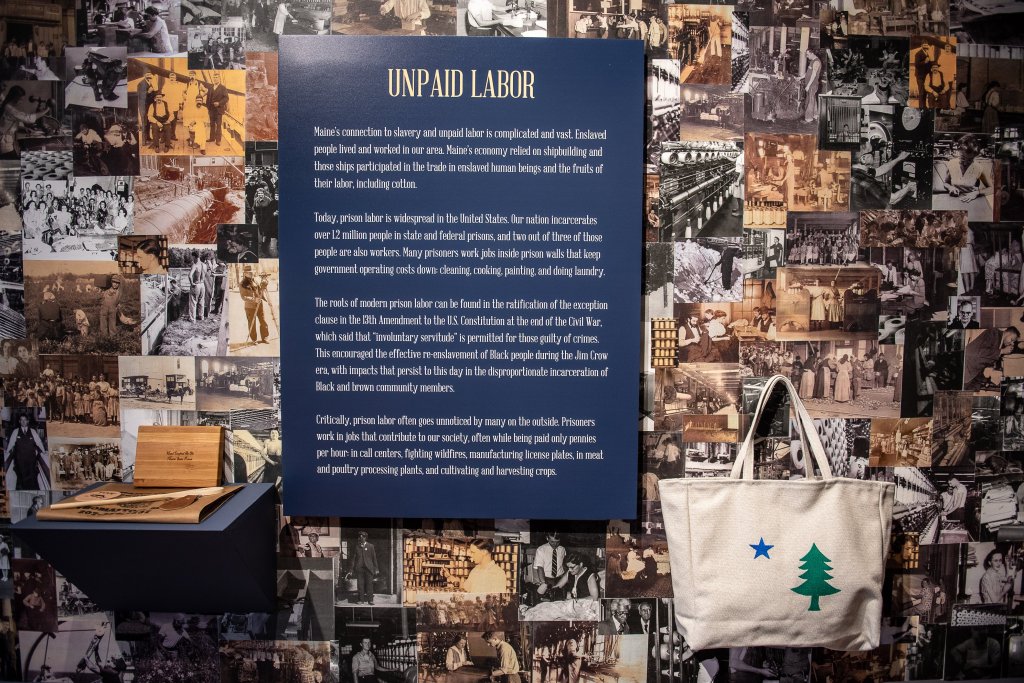
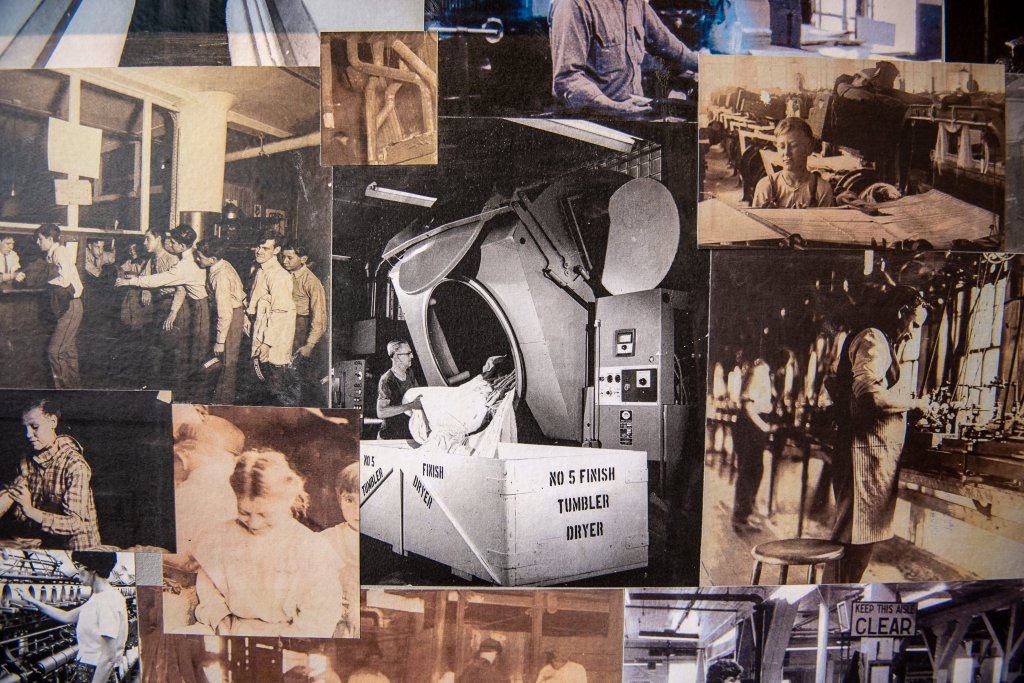
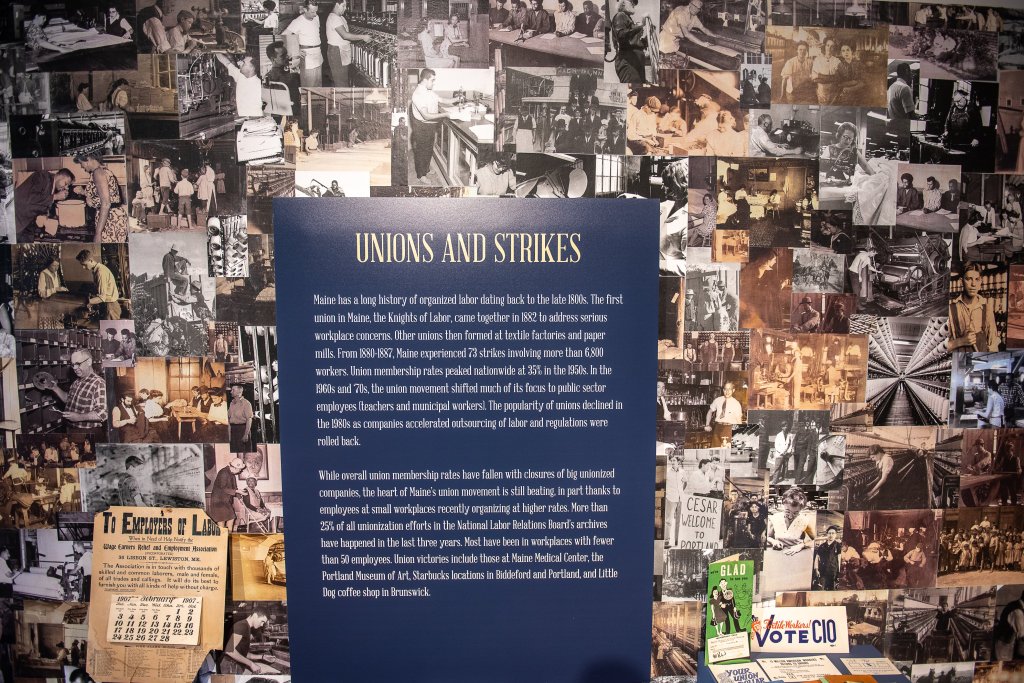
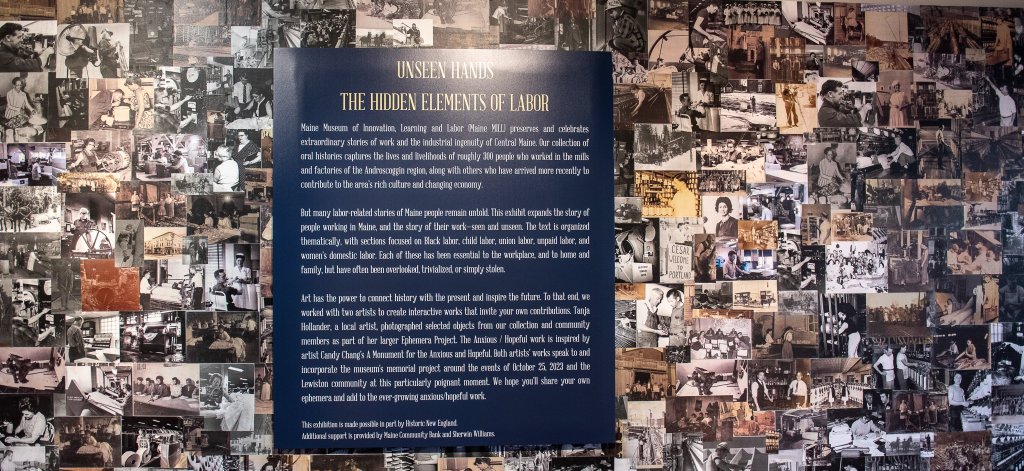
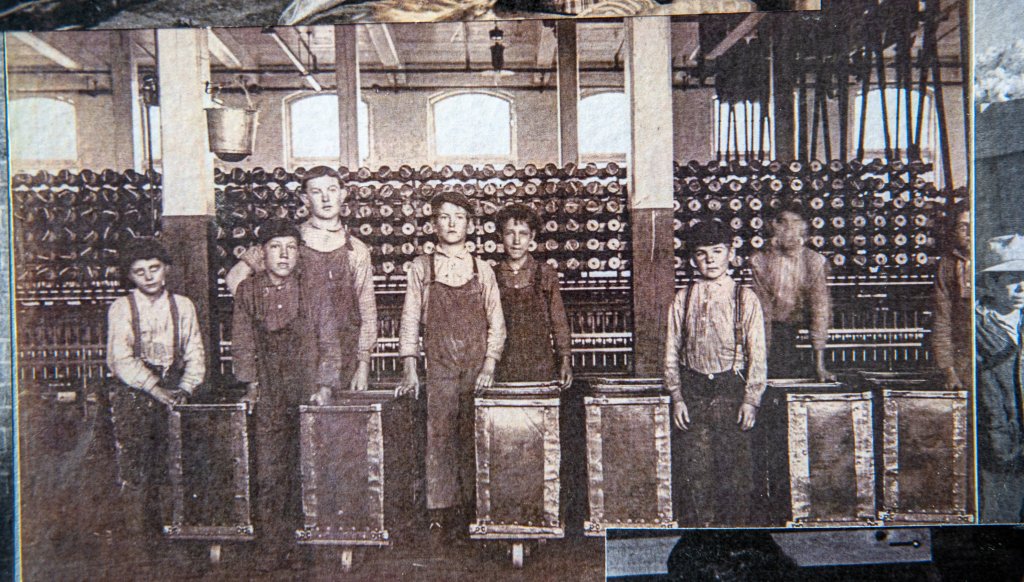
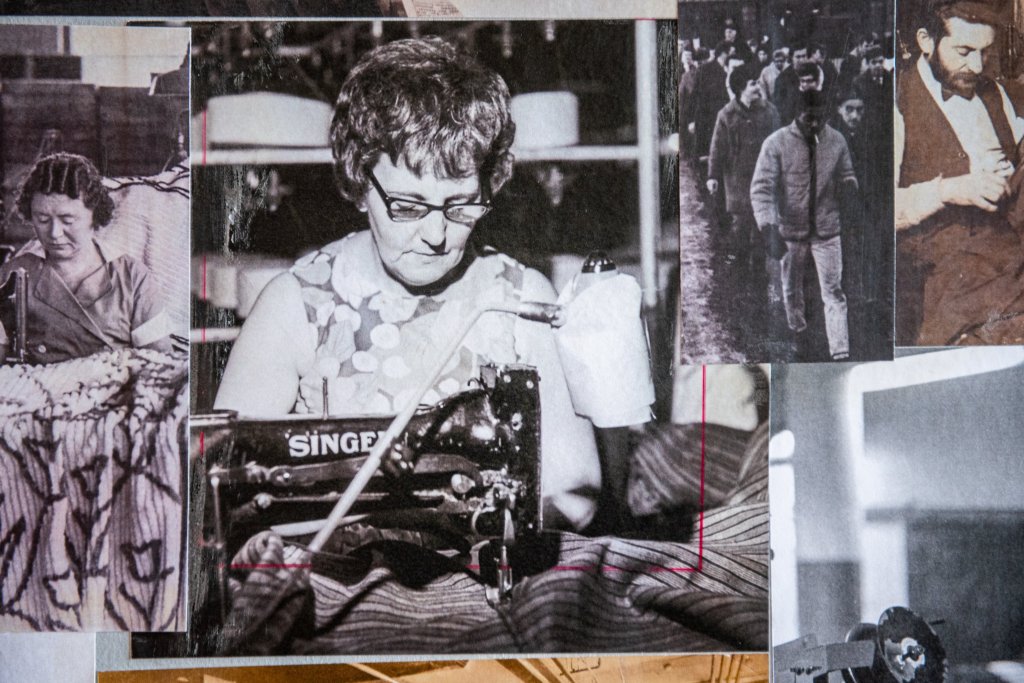
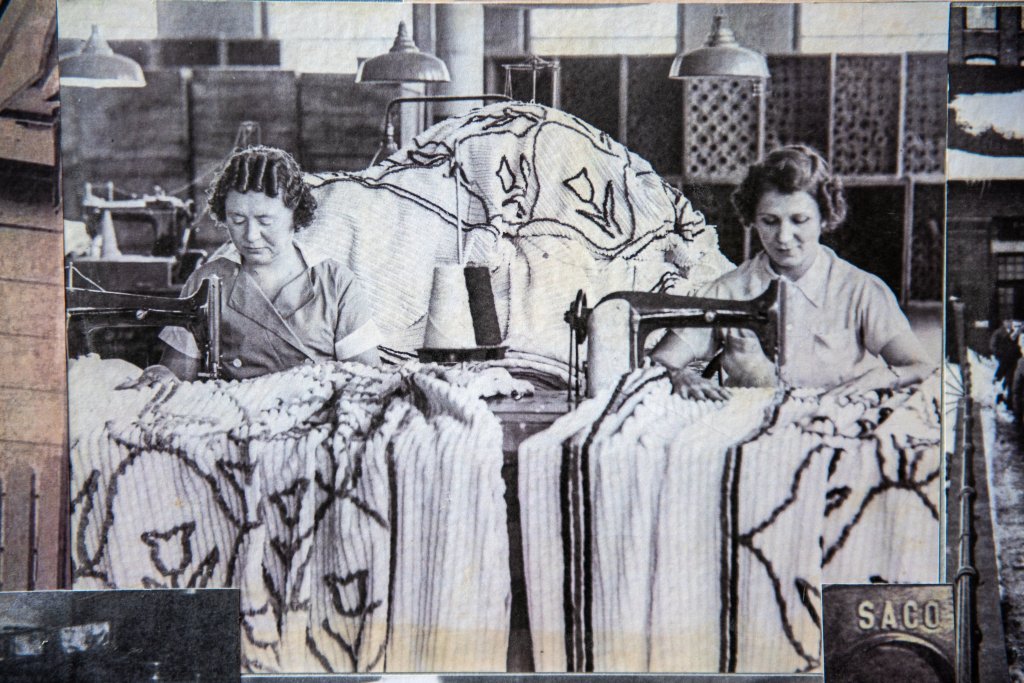
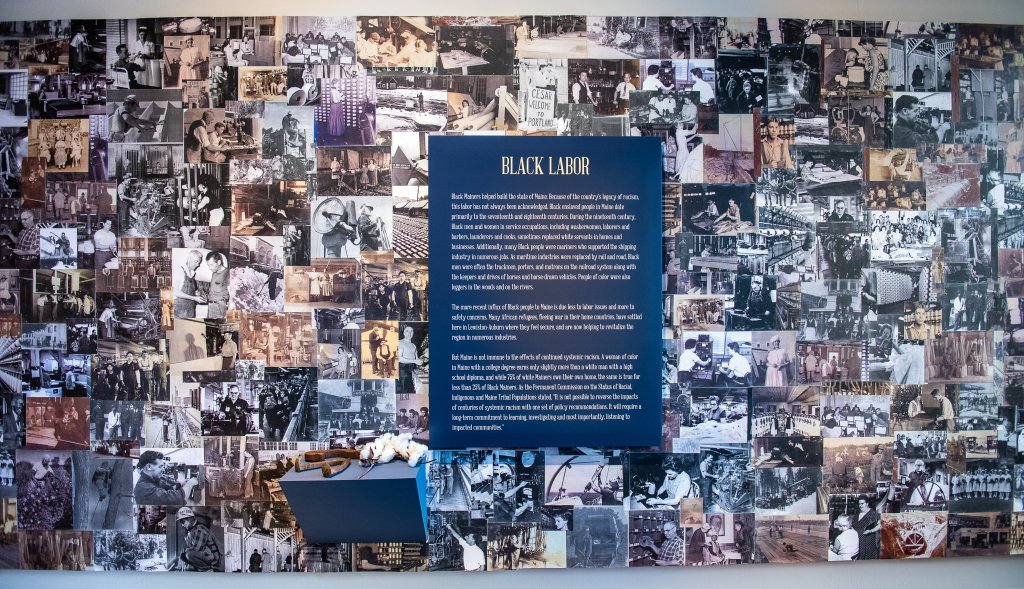
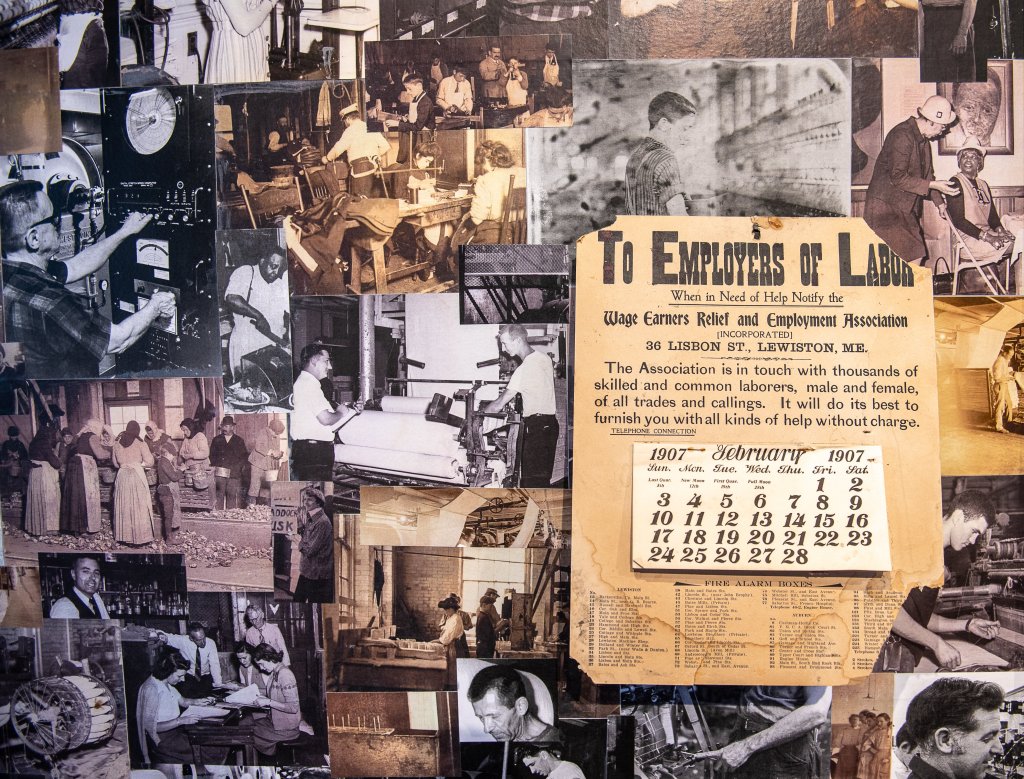
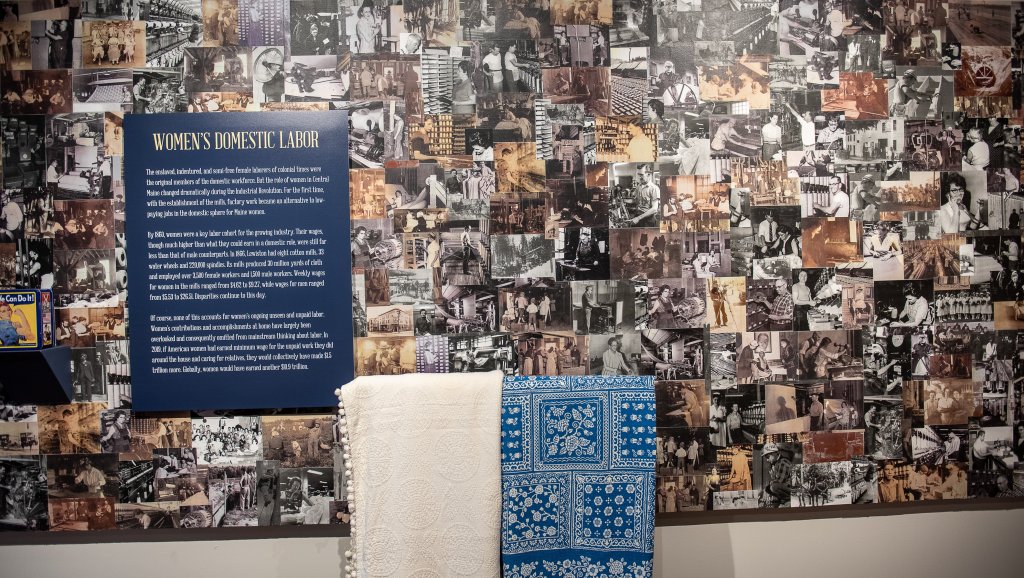
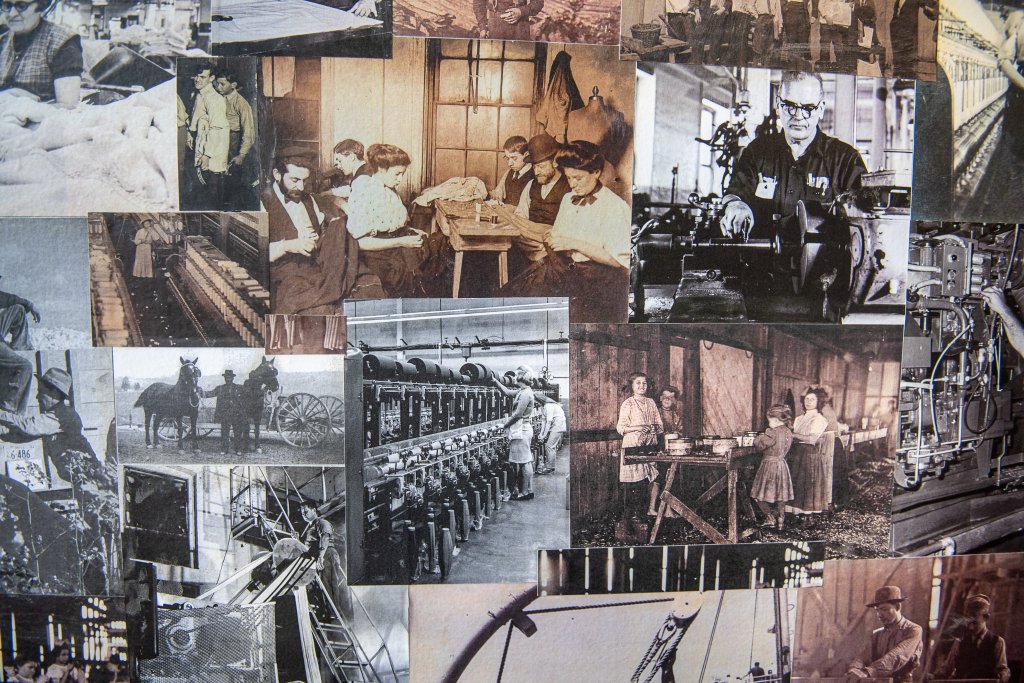
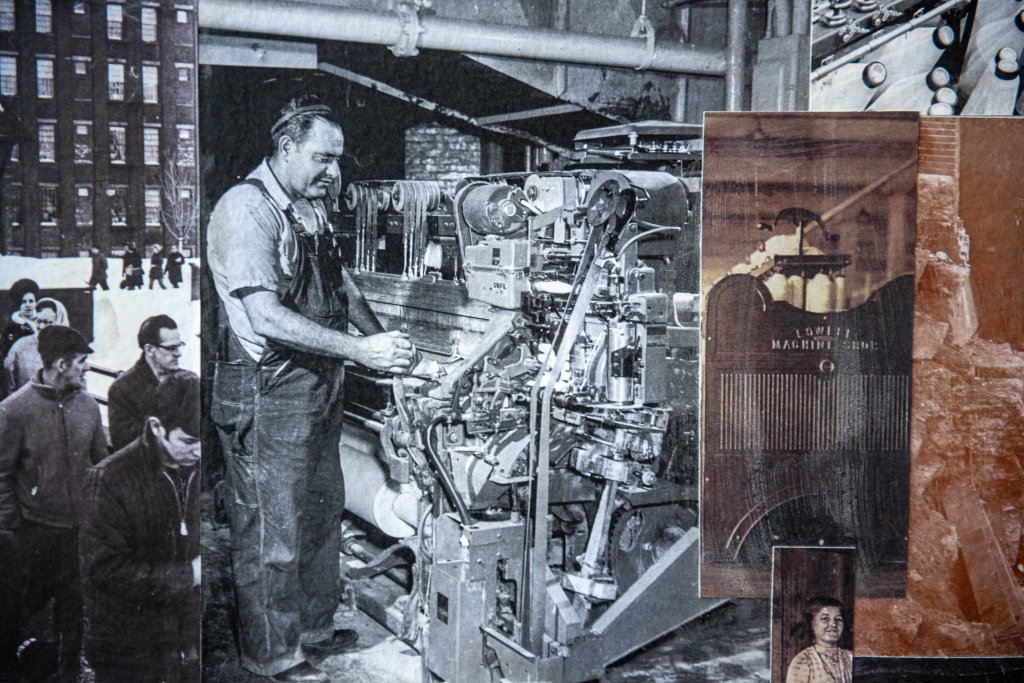
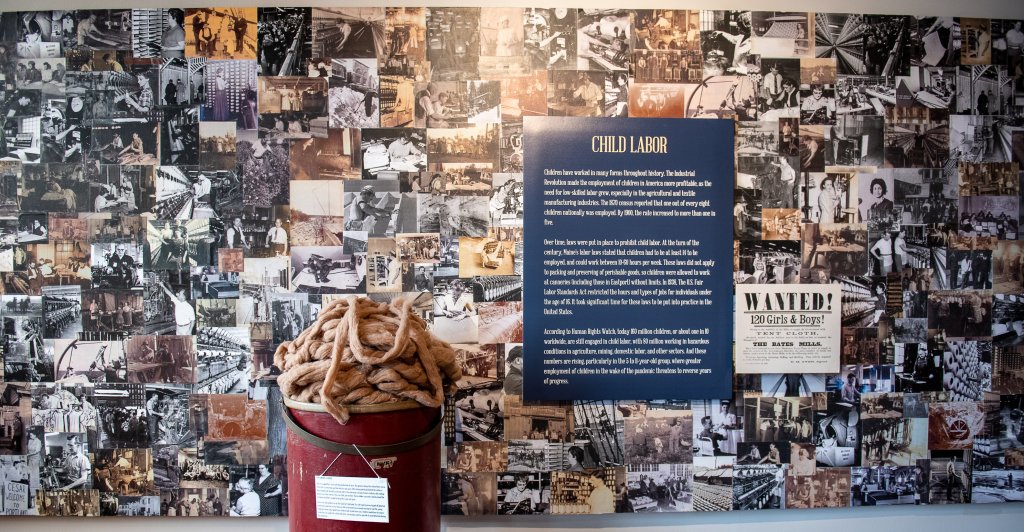
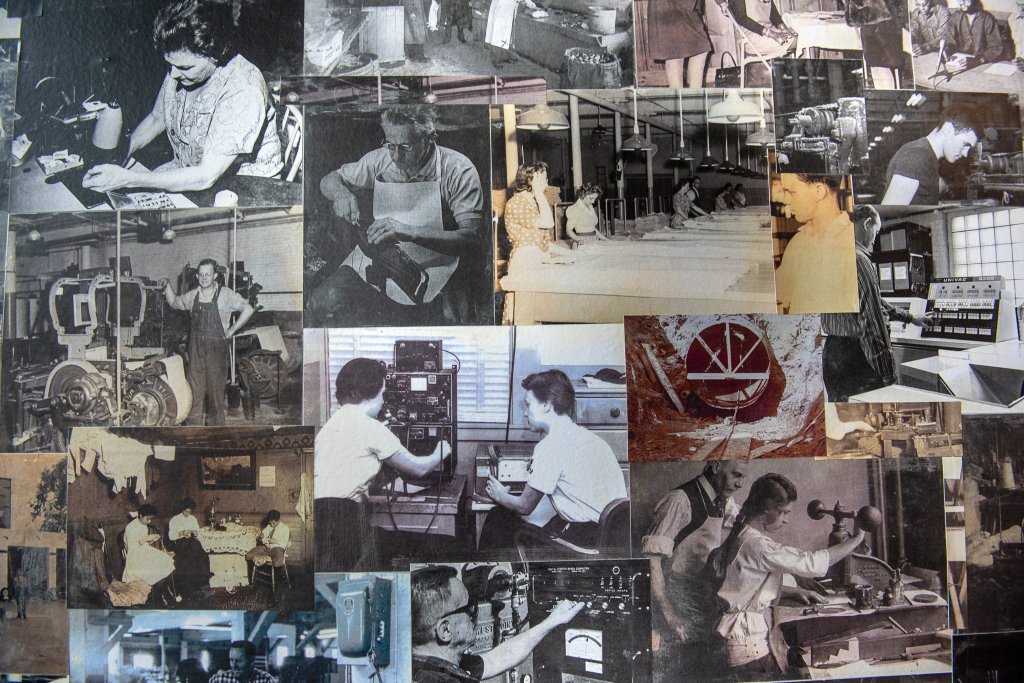
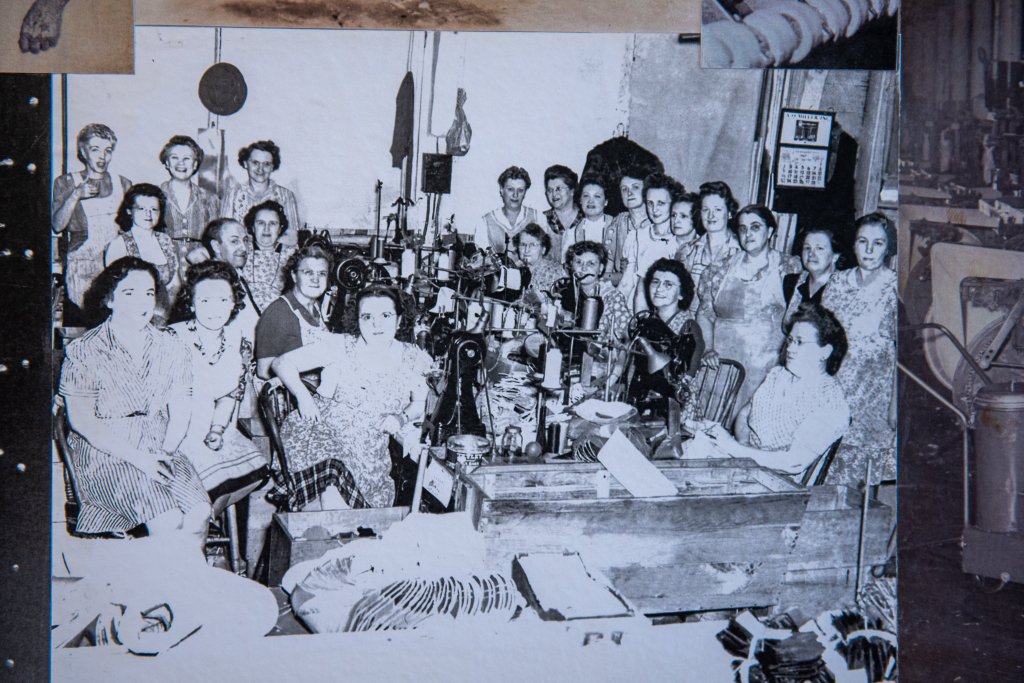
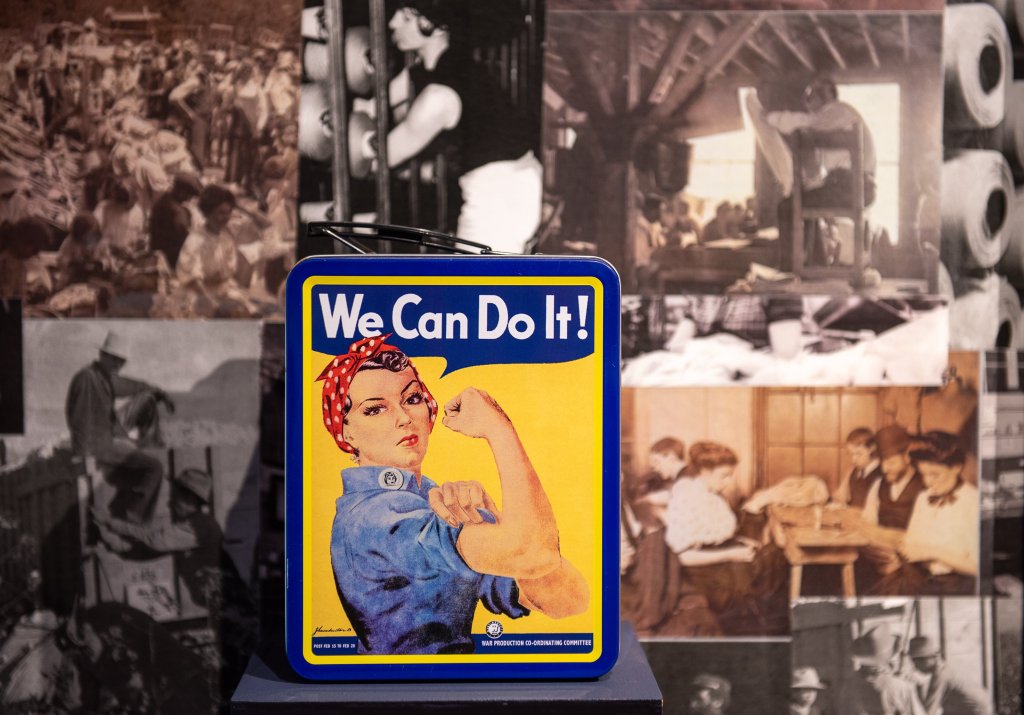
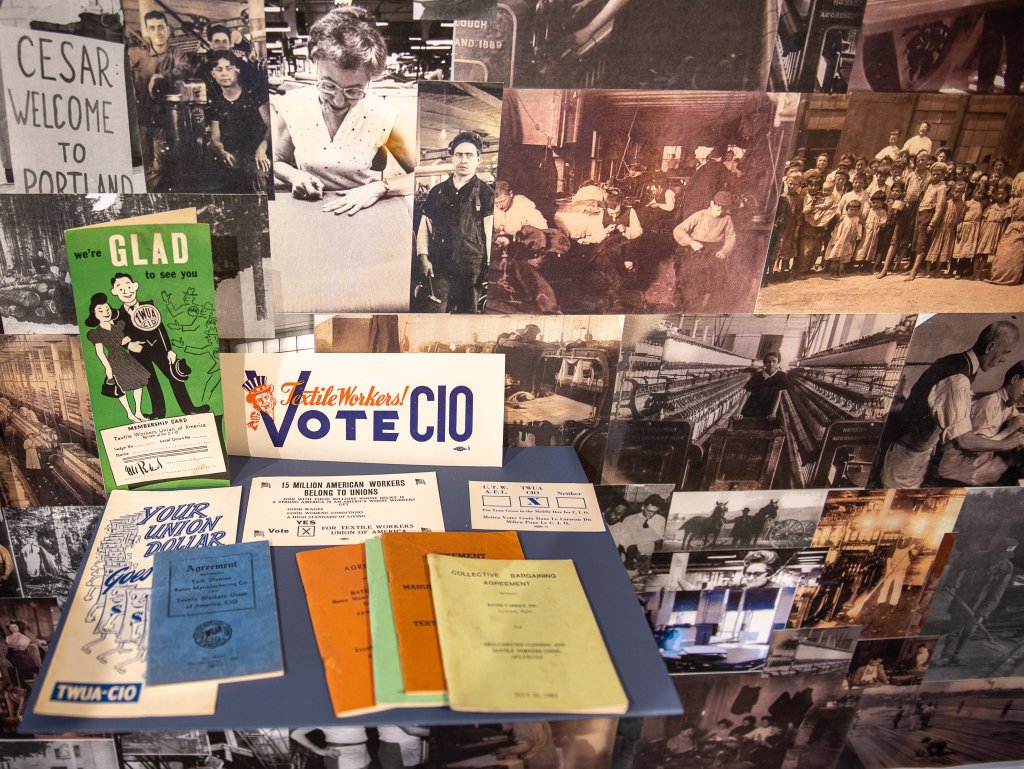
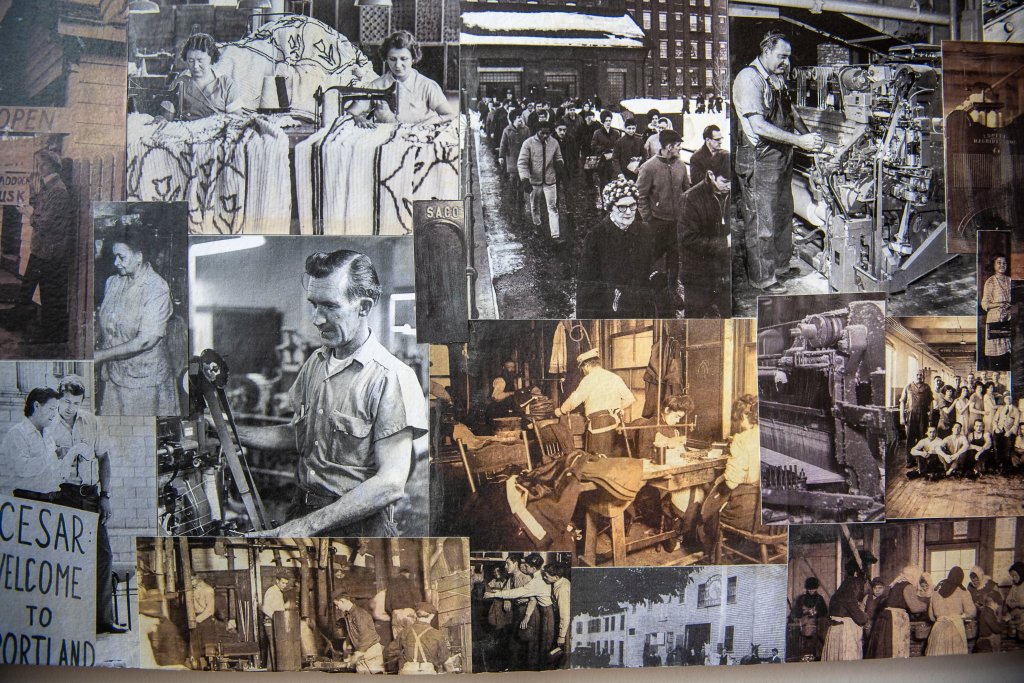
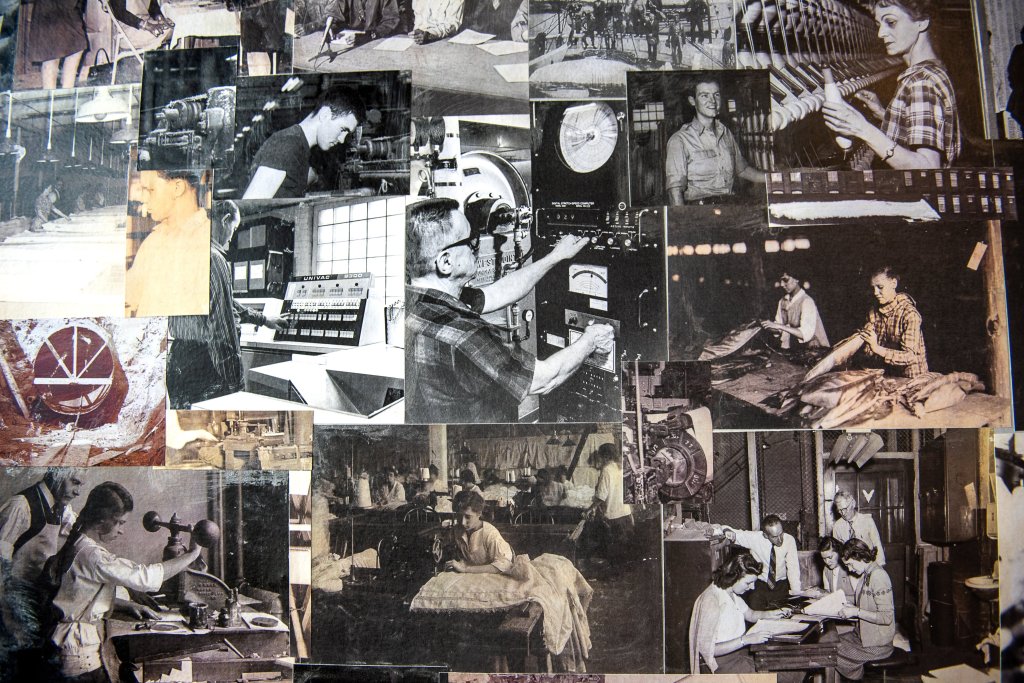
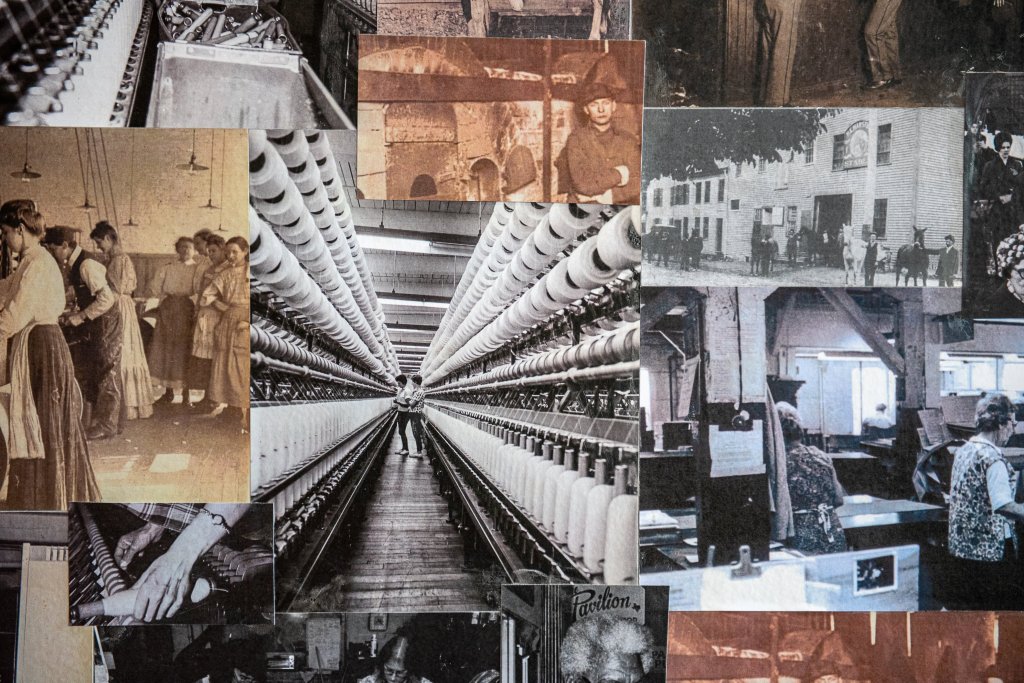

Success. Please wait for the page to reload. If the page does not reload within 5 seconds, please refresh the page.
Enter your email and password to access comments.
Hi, to comment on stories you must . This profile is in addition to your subscription and website login.
Already have a commenting profile? .
Invalid username/password.
Please check your email to confirm and complete your registration.
Only subscribers are eligible to post comments. Please subscribe or login first for digital access. Here’s why.
Use the form below to reset your password. When you've submitted your account email, we will send an email with a reset code.